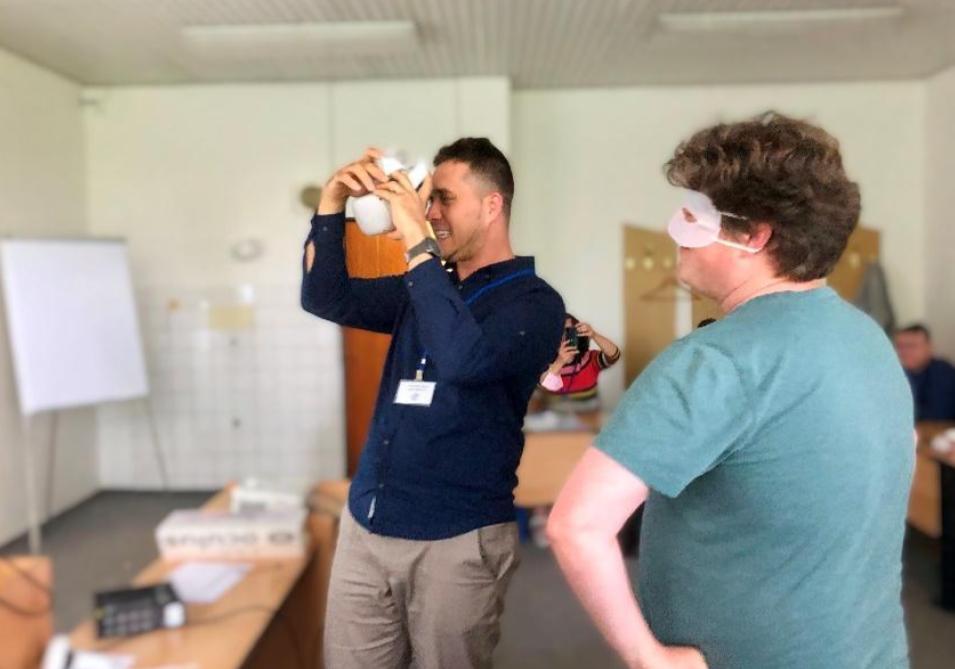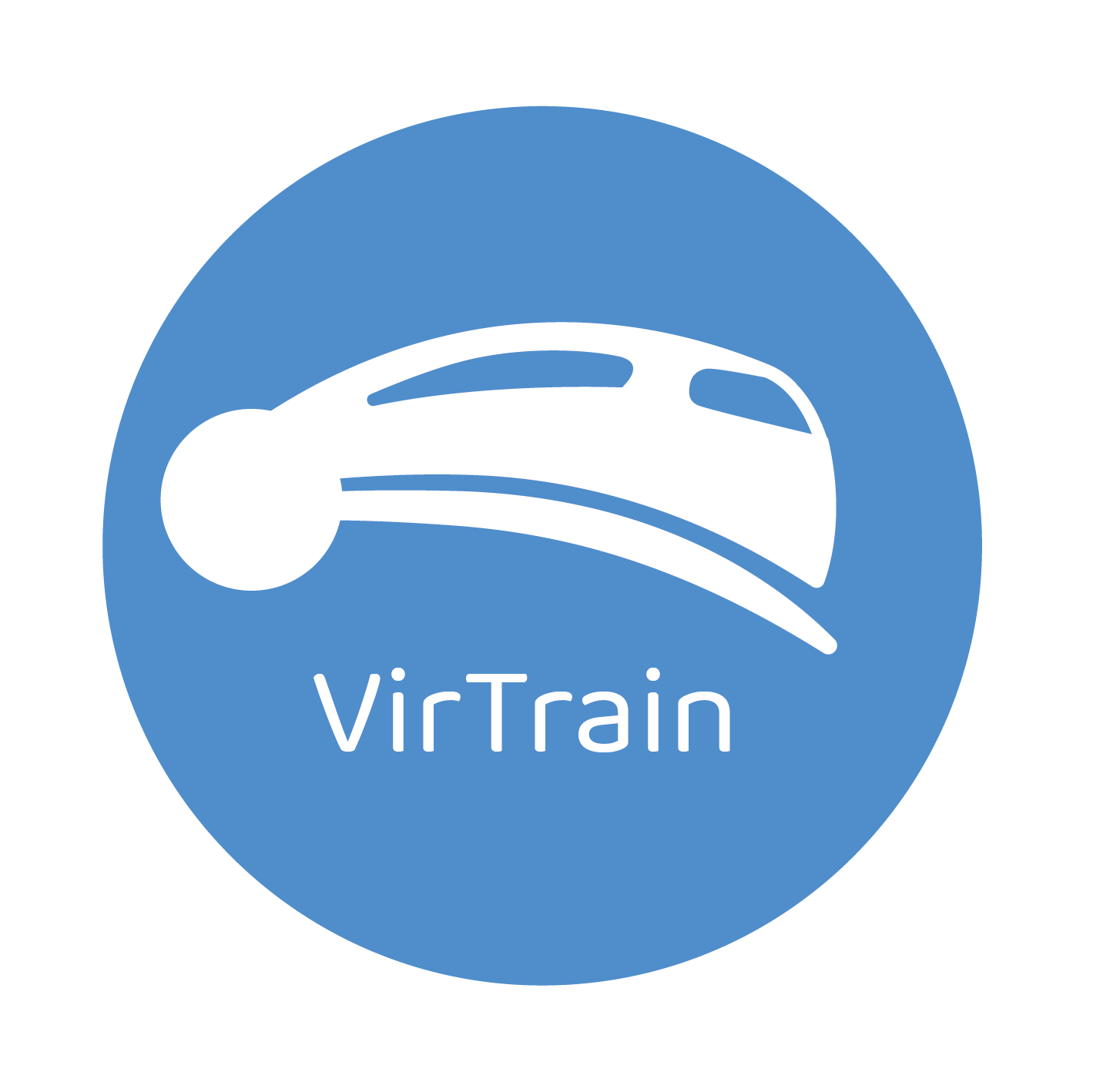On the 6th and 7th of September, the 16. edition of the DisCo conference, titled “Active Learning in the Digital Era: How Digital Tools Promote Conscious, Open-Minded, Creative, and Social-Oriented Thinking,” took place in Prague Hotel Krystal. There were participants from 16 nations from all across Europe and even from outside of Europe at the conference.

Several Keynote speeches took place, one of which was Fostering Social Presence through the Synchronous Online Flipped Learning Approach by SOFLA® by Helaine W. Marshall, professor of Education and Director of Language Education Programs at Long Island University Hudson, New York.
As a part of the conference, on Monday was held an hour and a half long workshop by Lukáš Macenauer, where he presented VirTrain project.
The title of the workshop was “VirtualReality for (Language) Teaching and Learning”. At first, the broad virtual reality environment and its potential were revealed. Following that, workshop attendees got the chance to familiarize themselves with virtual reality material, such as 360 films/photos or 3D-modelling-based content.
To give the audience a better idea of how virtual reality can help in language
acquisition in vocational education and training, an important part of the presentation about the VirTrain project and virtual reality in general was presenting examples of how virtual reality can help in language acquisition in vocational education and training.
The audience had the opportunity to test Oculus Quest 2 on their own at the end of the session. On the site, there were two headsets with a variety of applications: The Engage.io and AltSpace VR platforms were shown as examples of 3D-model-based content. Volunteers also could try out the Warp VR software as a 360-video content representation, which includes the possibility to try a job interview.
For the majority of spectators who chose to explore virtual reality, it was their first encounter with the technology. It was very positively accepted and the context provided to the educational use of VR appreciated by the audience.

Recent Comments